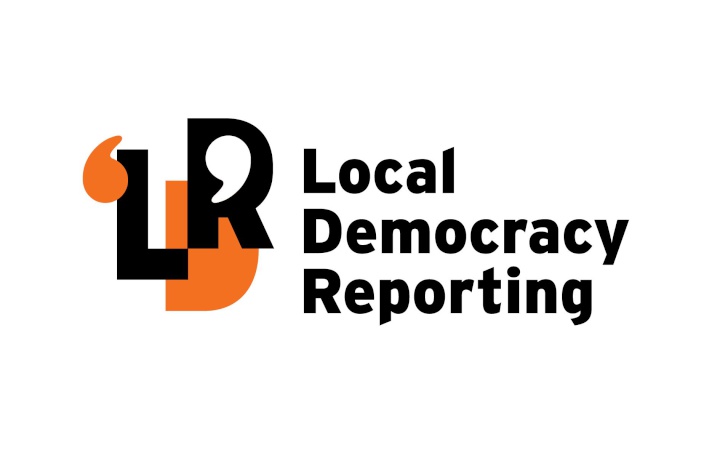Rangitīkei and Ruapehu ratepayers could face rate rises of around 9 percent in the year ahead while their Whanganui neighbours are contemplating a bump of just 2.2 percent.
Rangitīkei is proposing an average rate rise of 9.1 percent – slightly less than expected – while Ruapehu is sticking with the 9 percent increase it signalled in its long-term plan for 2024-34 (LTP) - “the bare minimum required”.
Whanganui District Council’s proposed rise is far less than the 6.6 percent it forecast in its LTP last year.
It said 2.2 percent was in line with inflation and included paying off an additional $590,000 of council debt.
In its LTP, the Rangitīkei council foresaw a 9.9% rate rise but efficiencies had since been found, the council said.
Consultation has opened on the Rangitīkei council’s Annual Plan 2025/26, which outlines the planned programme of work and budget for the upcoming financial year.
Mayor Andy Watson said there were no significant changes from last year's LTP but he said the council continued to face the challenges of an onslaught of central government changes.
The speed and volume of legislative and regulatory change was putting “immense pressure” on councils, councillors and staff, he said.
“We are currently in a period of considerable infrastructure development for Rangitīkei, with a number of high-value capital projects in progress,” Watson said.
“We will have to make some careful decisions about how these projects are prioritised and balanced alongside the Government’s ‘back to basics’ direction, and legislative change.”
The council is also seeking feedback on its Draft Waste Management and Minimisation Plan, Draft Dangerous, Affected and Insanitary Buildings Policy, and Proposed Schedule of Fees & Charges.
The consultation period ends on 5 May.
Whanganui District Council is consulting on its draft annual plan until 28 April.
Mayor Andrew Tripe said Whanganui had worked hard to find efficiencies, increase revenue and cut services to keep rates affordable.
“We have done this while continuing to do the basics and invest in core infrastructure, with 80 percent of our capital expenditure budget allocated to water services, roading and footpaths over the next ten years in our long-term plan.”
Tripe said the extra $590,000 of debt repayment would save on interest costs and reduce rates in the long run.
The Whanganui council would also prioritise investing in key infrastructure, involving the community in local decision-making and growing affordable housing stock to meet current and future demand.
As part of its consultation, the council has put forward a business case to establish a housing trust to build 1000 new houses over the next 10 years.
Creating a standalone housing entity would allow the council to find a partner and, with shared resources, enable the entity to deliver affordable housing at least cost.
The council was also seeking feedback on a new strategy for the future of Whanganui.
“Whanganui has enormous potential for progress, and as a council we need to position for growth and at the same retain our identity and what we love about living here. We must play an active role in fostering this growth and improving the quality of life for all in our community,” Tripe said.
In the Ruapehu district, councillors last year adopted an average rate rise of 9% per year for the first three years of their 10-year plan.
At the time, the council said 9 percent was the bare minimum needed to maintain service levels and meet legislated and contracted requirements.
It would not fund community expectations for increased services and would require the ‘sweating’ of some assets to keep debt affordable.
For the remaining seven years of the LTP, annual rate increases of around 5% per annum were predicted.
The Ruapehu council is not formally consulting on its annual plan as there are no significant changes from its LTP.
“We have not changed our view on the 9% average rate rise,” mayor Weston Kirton told Local Democracy Reporting.
“We need 9% to run the business.”
Instead, the council is consulting on proposed changes to fees and charges, water reforms and waste management and minimisation over the next six years.
Consultation on those issues closes on Friday.
Changes are proposed to dog fees, including higher fees for registering hunting dogs and working dogs, higher licensing costs for more than two dogs in urban areas, and higher costs for surrender.
Changes are also proposed to costs for registering food premises, in line with the Government’s new Food Business Levy which will come into effect on 1 July 2025.
Other changes include proposed hikes in building inspection fees, inspections of fencing for swimming pools, connections to the water network, visitor landing fees at the aerodrome and maintenance costs for cemetery plots.
Key projects for the Ruapehu council in the financial year ahead include district-wide road surface metalling, pavement rehabilitation and bridge renewals ($6.8 million) and Hikumutu and Ohakune waters maintenance ($1.6 million).
LDR is local body journalism co-funded by RNZ and NZ On Air



 Gordon Campbell: On Marketing The Military Threat Posed By China
Gordon Campbell: On Marketing The Military Threat Posed By China Te Matapihi: Response To Govt’s New Strategic Housing Partnerships: Progress, But Equity Gaps Remain
Te Matapihi: Response To Govt’s New Strategic Housing Partnerships: Progress, But Equity Gaps Remain Banking Class Action: Government’s Retrospective Law Change Threatens Consumer Protections
Banking Class Action: Government’s Retrospective Law Change Threatens Consumer Protections E tū: Journalists Respond To Grenon - Still No Commitment To Editorial Independence
E tū: Journalists Respond To Grenon - Still No Commitment To Editorial Independence Marlborough District Council: Kevin Judd Named Marlborough’s Newest Living Cultural Treasure
Marlborough District Council: Kevin Judd Named Marlborough’s Newest Living Cultural Treasure Parliamentary Commissioner For The Environment: Are We Planting The Forests We Need?
Parliamentary Commissioner For The Environment: Are We Planting The Forests We Need? Te Uru Kahika: Environment Report Demonstrates Critical Role Of Regional Science In New Zealand’s Future
Te Uru Kahika: Environment Report Demonstrates Critical Role Of Regional Science In New Zealand’s Future


